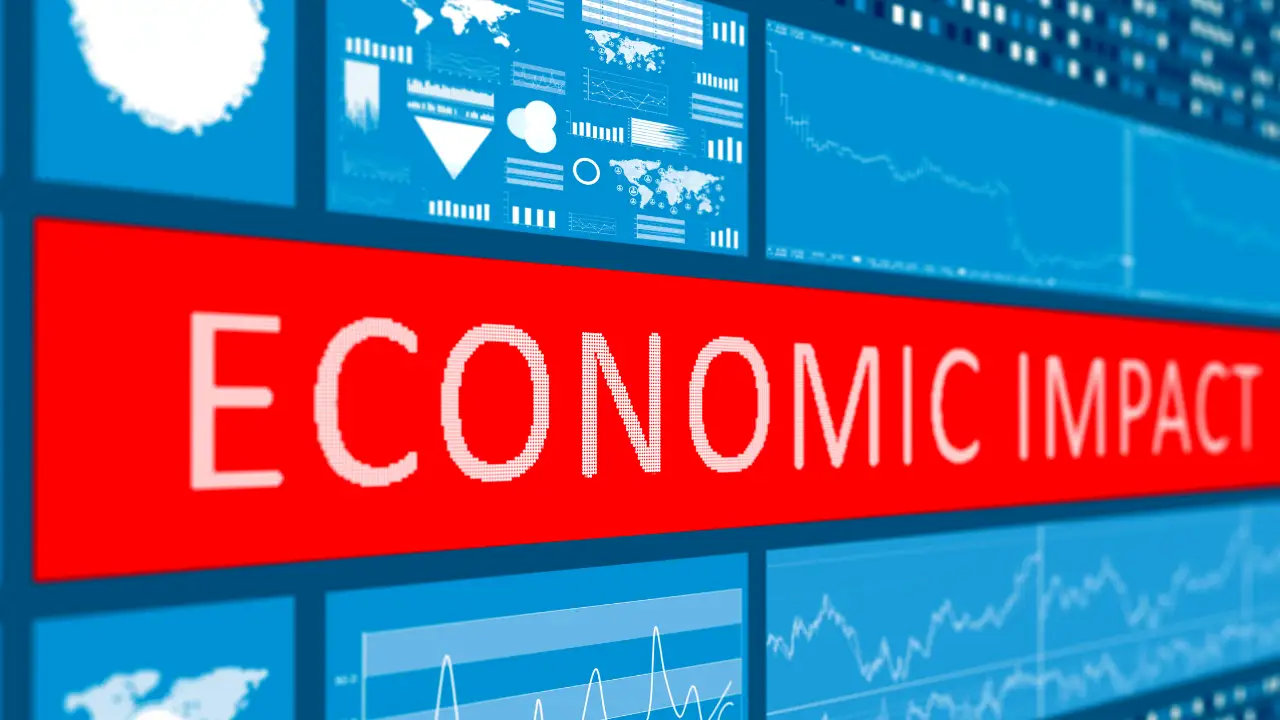It doesn’t matter which industry are you in, it doesn’t matter where the factories are located or how far the supply chain stretches because when nature strikes all the planning goes for a toss. In 2010, Russia suffered a severe heat wave. The resulting economic losses were estimated to be US$15bn. According to a report from the Intergovernmental Panel on Climate Change global crop yields for maize, rice and wheat could be significantly affected by 2050 if nothing is done to tackle climate change.
Every year, government representatives from around the world meet at the UN Framework Convention on Climate Change (UNFCCC). They have agreed to limit the average global temperature rise to 2ºC, and identified actions to mitigate, and adapt to, climate change. However, with the increasing carbon emissions the 2ºC rise limit is difficult to maintain.
The impact of climate change is strongly felt by industries dependent on agriculture, mining, gas and petroleum. However, the erratic climate change also impacts the water level, thus posing a threat to all.
Even if the supplier strategy is to spread the supplier base across geographies, in this age of connectivity the impact is always global as shown in the below figure.
[Source: www.nature.com]
When planning the procurement strategy, how often do organizations take into consideration the negative impact of nature.
How can procurement arm itself better to face the wrath of nature?





























































